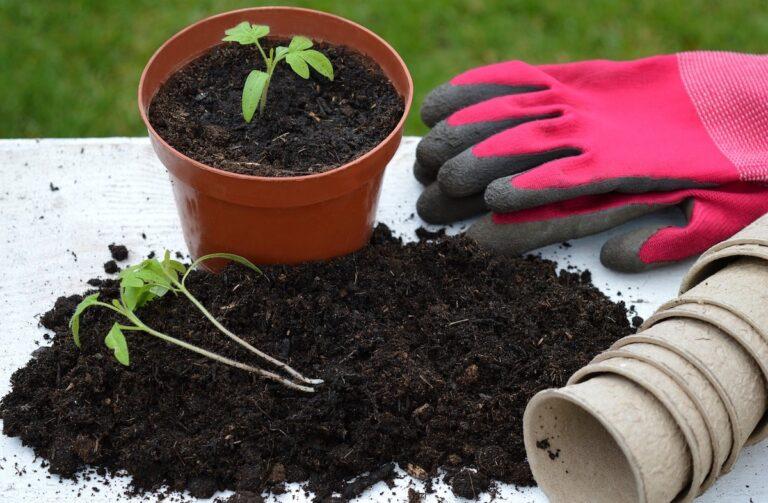June gardening in Rim Country is water-intensive while we wait for the monsoons to start.
Add +/or maintain a 3-inch layer of mulch throughout the garden. Adjust your watering schedule for the summer heat. Establish a twice-weekly harvest schedule to keep herbs and vegetables growing vigorously.
Check for insect pests & diseases: Aphids, asparagus beetles, bagworms, borers, cabbage worms, cutworms, grasshoppers, leaf spot, mildew, rust, scale, and spider mites. Use a black light at night to find tomato hornworms (they fluoresce!).
Annuals: Sow drought-tolerant reseeding annuals: blue honeywort, golden feverfew, love-in-a-mist, sunflower and sweet alyssum. Attract butterflies by planting aster, buddleja, sweet William, Mexican sunflower, milkweed, and pipevine.
Bulbs, Corms, Rhizomes & Tubers: Place annuals atop spring bulbs to remember to water them! Deadhead spring bulbs after flowers fade. Leave foliage intact until both stalk & leaves are brown. Plant caladiums, cannas, dahlias mid-month.
Herbs: Cut perennial herbs early in the morning and hang to dry in a warm, bright spot with good ventilation and NO direct sun.
Houseplants: Increase watering judiciously. Check for changes in lighting; move as necessary to provide appropriate sunlight. Check for air flow against plants; move to avoid drafts from cooling systems and windows.
Perennials: Deadhead perennials after flowering (unless they have showy seed heads and/or you want to save seed). Try deer-and-rabbit-resistant agastache*, artemisia, lavender, monarda*, ornamental oregano, Russian sage*, salvia*, and yarrow (* the hummingbirds will thank you).
Roses: Fertilize with a 5-10-5 organic fertilizer. If planting, add lots of compost and water daily until new growth appears.
Trees and shrubs: Thin tree fruit to 4-6” apart to produce bigger individual fruit and prevent overloading/possibly breaking branches.

Vegetables:
- Direct-sow beans, corn, cucurbits (cucumbers, melons, squash), and okra. Plant pumpkins NOW (they need 110-120 days to mature)!
- Plant a monsoon garden. Direct seed sow the “A, B, C, S of monsoon planting”(Amaranth, Corn, Beans, Squash). OR – Substitute sunflowers or tabacco for amaranth. Substitute melons for squash.
- Tomatoes:
- Consider adding shade cloth to provide peppers and tomatoes some relief from afternoon sun.
- Make sure your automatic irrigation system is working properly. Consistent watering will help prevent tomatoes from cracking.
- Remove suckers from indeterminate types.
- Try heat-loving plants like: Armenian cucumbers (cool, crisp taste with edible skin and lower water demands), basil, Chimayo melons, Malabar spinach (a tasty hot-weather substitute for real spinach), sweet potatoes (edible leaves to eat all season; harvest tubers in the fall), yard-long (AKA asparagus or Chinese pole) beans.



